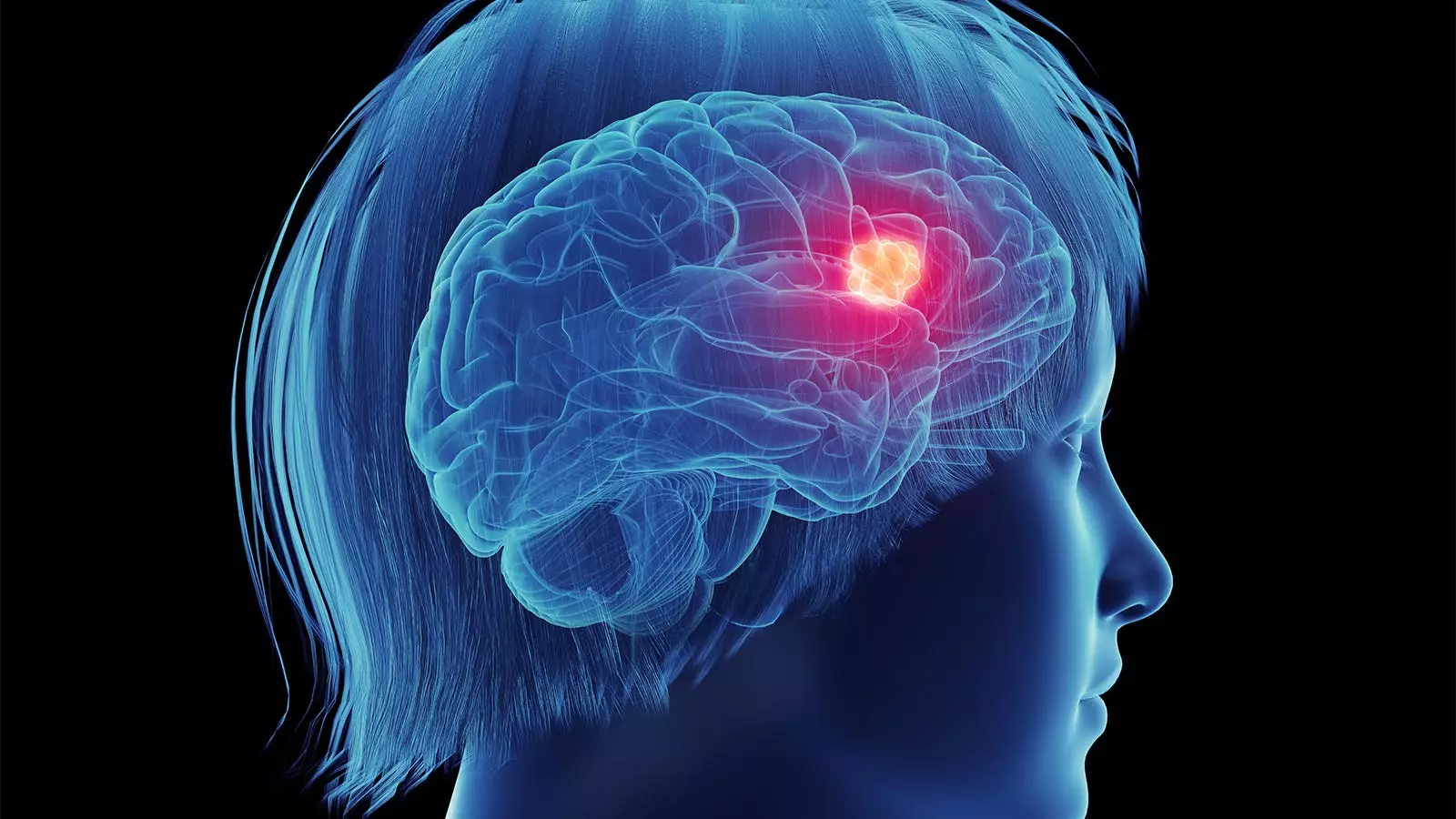Postmenopausal hormone therapy (HT) represents a controversial topic within medical research, particularly with regard to its potential associations with brain tumors like gliomas. Recent studies have sought to clarify the complexities surrounding this relationship, yet the findings remain inconclusive. This article discusses a large retrospective analysis investigating the incidence of glioma among women who have used HT, examined potential biases, and suggests future research directions to improve understanding of this complex association.
A comprehensive review involving over 75,000 women highlights a nonsignificant 16% increase in glioma risk for those with a history of hormone therapy. This large-scale analysis, led by Hui Tang, MD, and his team from North Sichuan Medical College, emphasizes the general lack of significant associations between HT use and glioma diagnosis. Despite its size, the research fails to clarify the disparity between male and female glioma rates, leaving questions regarding the hormonal influences on brain health largely unanswered.
The investigation included an examination of current versus past HT users as well as the duration of use. Unfortunately, these factors yielded no significant correlation with glioma incidence. Notably, the sole positive association found was among college-educated women; however, even this result did not achieve statistical significance, illustrating the nuances that make understanding the interplay between HT and glioma risk so complicated.
The authors of the study referenced a total of fourteen existing studies that have explored the effects of HT on glioma risk in women. The majority of retrospective studies suggested an inverse relationship—that is, those using HT had a reduced risk of developing glioma. Conversely, studies employing prospective data collection failed to establish a significant connection. The inconsistencies across these studies could stem from various biases inherent in retrospective research, such as recall bias, as well as differences in how hormone therapy components were classified.
Dr. Faubion from the Mayo Clinic echoed the sentiment that extensive research on the HT-glioma relationship might not yield clearer insights, given the rarity of gliomas themselves. Advocating for a shift in focus, she pointed out that other brain tumors, such as meningiomas—which predominantly affect women—have yet to be appropriately examined in relation to hormone therapies.
The analysis stratified participants based on several sociodemographic factors, including age, marital status, and education level. This comprehensive categorization allows for a better understanding of how variables such as education could influence glioma risk. For instance, the unexpected association among college-educated individuals raises questions about the role of education in health outcomes, possibly pointing to lifestyle differences, access to healthcare, or even awareness of symptoms and diagnosis.
Moreover, the study underscored the importance of considering environmental and genetic factors in addition to hormonal influences. As Dr. Faubion noted, sex-based differences in disease prevalence—be it glioma or migraines—demand further exploration. A multifaceted approach that integrates hormonal, genetic, and environmental aspects could ultimately yield deeper insights into female-specific health issues.
Given the limitations of current studies—including the retrospective nature of many investigations—there is a pressing need for future research that encompasses larger sample sizes, rigorous prospective designs, and extended follow-up periods. Additionally, a more detailed analysis of individual HT components and cumulative duration of use may help illuminate unclear associations.
It is essential to study not only the direct effects of HT on glioma risk but also the broader implications of sex-based biological differences in the development of brain tumors. Understanding how these tumors interact with hormonal cycles, or how they might differ in their response to various treatments depending on sex, could significantly enhance patient care.
The investigation of hormone therapy’s relationship with glioma risk is a key area of interest that highlights broader topics in gender-specific health research. Despite findings that largely conclude no significant association, the need for more comprehensive studies remains. By addressing the various dimensions—biological, environmental, and educational—researchers and clinicians can begin to untangle the complexities of these sex disparities in brain health. A holistic understanding of the factors leading to gender differences in glioma risk is a critical step toward more effective prevention and treatment strategies tailored for women.

